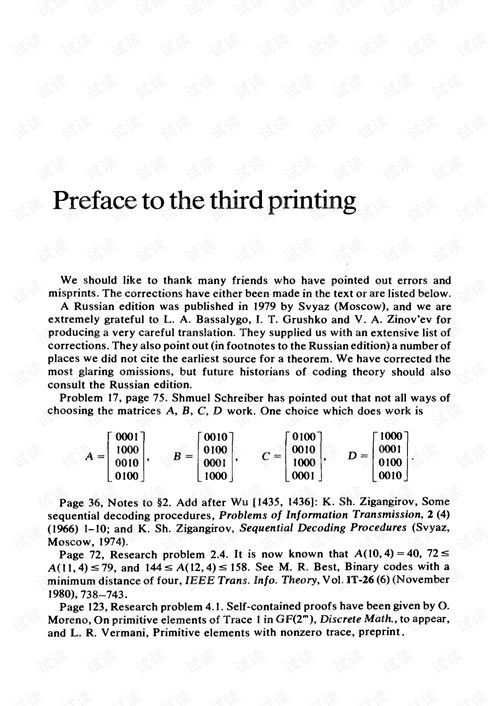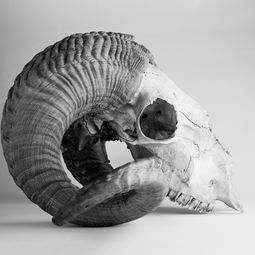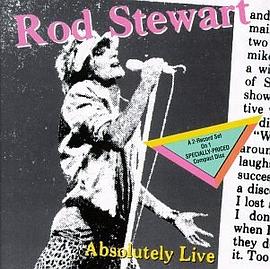Introduction:
Fishing without a float, also known as bottom fishing or weight fishing, is an ancient and effective technique that has stood the test of time. While using a float is a common practice, it's not the only way to catch fish. This article delves into the art of fishing without a float, offering valuable tips and techniques to help you become a proficient angler even in the absence of traditional floats.
Understanding the Basics of Bottom Fishing:
Before we dive into the techniques, it's important to understand the basics of bottom fishing. This method involves casting your line out into the water and allowing it to sink to the bottom. Once it reaches the desired depth, you wait for a fish to take the bait. This technique is particularly effective in clear water, where fish can easily spot floating objects, but it can be used in a variety of conditions.
Choosing the Right Equipment:
Line: Use a heavy-duty monofilament or braided line that can handle the weight of your bait and the strength of the fish you're targeting. The line should be at least 20 pounds test, but for larger fish, you may need up to 50 pounds test.
Hook: Select a strong, sharp hook that matches the size of your bait. For heavier baits, use a larger hook, and for lighter baits, a smaller hook.
Weight: Instead of a float, you'll need a weight to get your bait to the bottom. Choose a weight that is appropriate for the depth you want to fish and the type of water you're in. A sliding sinker or a heavy sinker attached to a swivel can be effective.
Leader: A leader of 12-18 inches in length made from monofilament or fluorocarbon can help prevent the weight from tangling with your line and protect your bait from getting snagged.

Techniques for Successful Bottom Fishing Without a Float:
Choosing the Right Bait:
- Natural baits like worms, leeches, and minnows are often more effective than artificial lures, as they mimic real food sources for fish.
- Ensure your bait is fresh and appealing to the species you're targeting.
Casting Techniques:
- Cast your line out into the water, aiming for a spot where you believe fish are present.
- When casting, let your line out until you feel the weight of the sinker hitting the bottom.
- For longer casts, use a high-back casting motion to increase the distance.
Setting the Hook:
- Once your bait reaches the bottom, let it sit for a few moments to allow fish to approach.
- When you feel a tap or a pull on your line, set the hook by quickly and firmly jerking the rod tip toward the fish.
Patience and Sensitivity:
- Bottom fishing requires patience, as fish may take their time to approach your bait.
- Be sensitive to the slightest movements in your line, as these can indicate a fish taking the bait.
Adjusting Your Approach:
- If you're not getting bites, try changing your bait or adjusting the depth at which you're fishing.
- Vary the speed at which you retrieve your bait, as some fish may be more attracted to a slow-moving bait.
Handling the Fish:
- Once you've hooked a fish, maintain a steady and gentle pressure on the line to avoid breaking it.
- When the fish is close to the boat, use a net to gently scoop it in, as a rough handling can cause the fish to break free.
Conclusion:
Fishing without a float is an excellent way to connect with the natural beauty of the water and develop your angling skills. By mastering the techniques outlined in this article, you'll be well on your way to becoming a proficient bottom fisherman. Remember, the key to success lies in patience, sensitivity, and a willingness to experiment with different approaches. Happy fishing!












